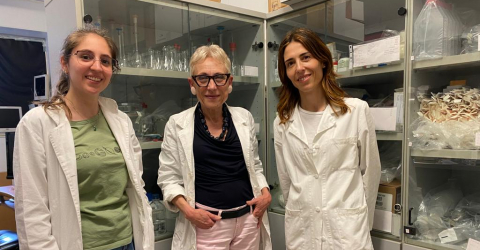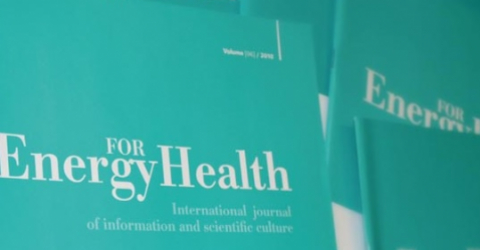Convegno Elgra-Aimas
04 Settembre 2007 - Ricerca -
ABSTRACT
CAN PHOTOMECHANICAL STESS COUNTERACT THE EFFECT OF MICROGRAVITY ON THE CELLS PRODUCING ECM?
Basile Venere(1), Romano Giovannil, Fusi Francol, Monici Monica(2)
(1). Dept. of Clinical Physiopathology, Univ. Florence, V.le Pieraccini 6, I-50139 Florence, Italy;
(2). ASACampus, Div. Ricerca di ASA, c/o Dept. of Clinical Physiopathology, Univ. Florence, V.le Pieraccini 6, I-50139 Florence, Ita!y.
Mechanical stress is an important factor for tissue homeostasis. Connective tissue, muscle, bone and cartilage are particularly responsive to mechanical and gravitational stress. Rather than to oppose a passive resistance, these tissues dynamically interact with mechanical and gravitational stimuli, modifying their mechanical properties through the continuous modification of their composition.
It has been widely demonstrated that unloading conditions have a negative effect on these tissues, with loss of mass and impairment of mechanical properties. On the contrary, proper mechanical solicitations improve tissue function. Besides the well known effect of increasing bone mass trough osteoblast stimulation and osteoclast inhibition, mechanical stress increases the production of extracellular matrix (ECM) components by chondrocytes and fibroblasts. Although various loading conditions have been extensively investigated, the optimal loading conditions required for an optimal tissue homeostasis are still unknown. The studies comparing the effects of different mechanical stresses, investigating different ranges of intensity and frequence of the solicitations, exploring new modalities for supplying mechanical stimuli are essential to increase our knowledge on this subject and to counteract the effect of unloading both in space flight and in clinics.
Here we describe the effect of photomechanical stress, supplied by a Nd:YAG laser, on extracellular matrix production by chondrocytes and fibroblasts, and compare it with the effect produced by hyergravity conditions.
Cell morphology and structure, ECM production, cell adhesion, cell energy metabolism have been studied in human chondrocytes and fibroblasts by using immunocytochemistry, fluorescence and autofluorescence microscopy, 3D imaging. The results show that photomechanical stress induce cytoskeleton remodelling, redistribution of membrane integrins, increase in production of ECM molecules, changes in cell energy metabolism. The effects are similar to those observed in the same cells exposed to cyclic exposure to hypergravational stress (10g).
IL CONVEGNO
Il Simposio Internazionale Biennale della European Low Gravity Research Association - ELGRA & il XX Convegno Nazionale dellʼAssociazione Italiana di Medicina Aeronautica e Spaziale - AIMAS si terranno congiuntamente a Firenze, presso lʼIstituto di Scienze Militari Aeronautiche, dal 4 al 7 settembre 2007.
La Dr. Monica Monici, di ASAcampus, ASA research Division, è lʼorganizzatore locale del Convegno Congiunto. Interverranno scienziati provenienti da molti paesi, che svolgono studi e ricerche nei campi della medicina aeronautica e spaziale, della fisica e della biologia in condizioni di micro- ed ipergravità.
Nel corso del Convegno saranno presentati i risultati di alcune ricerche svolte in ASAcampus, riguardanti lʼeffetto delle variazioni di carico e del trattamento con laser Nd:YAG pulsato (HILT®) su cellule dellʼosso, condrociti e fibroblasti.










